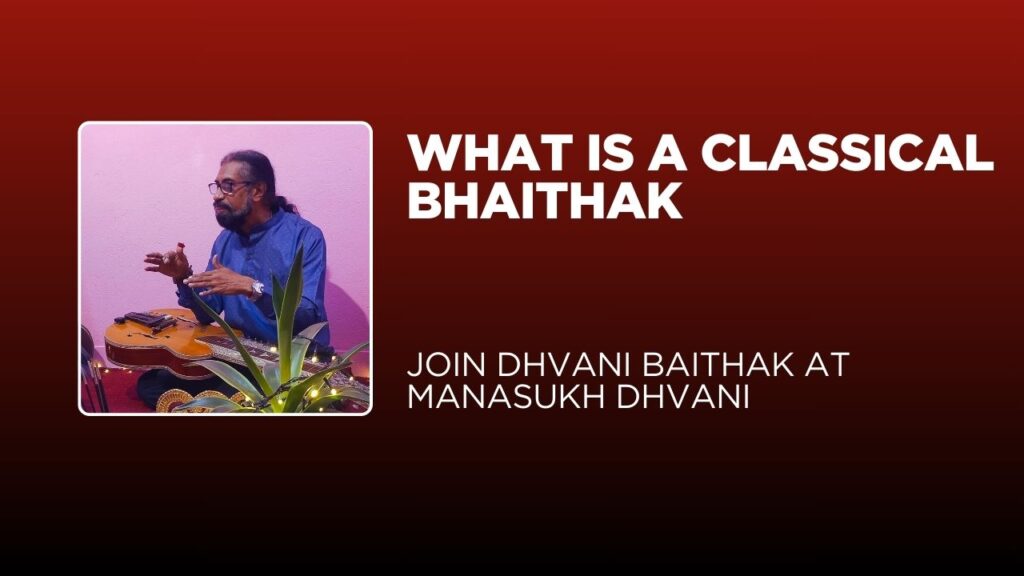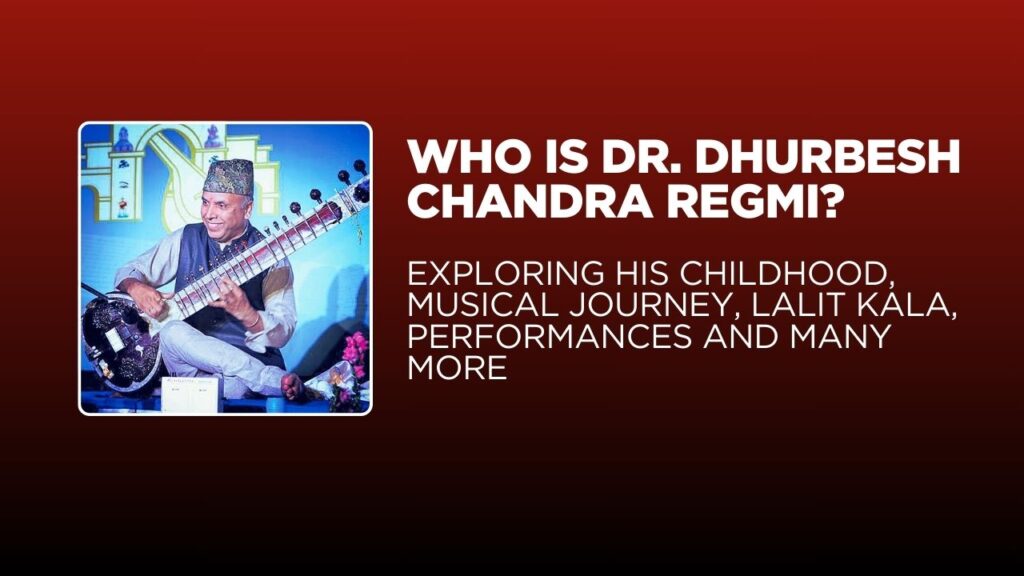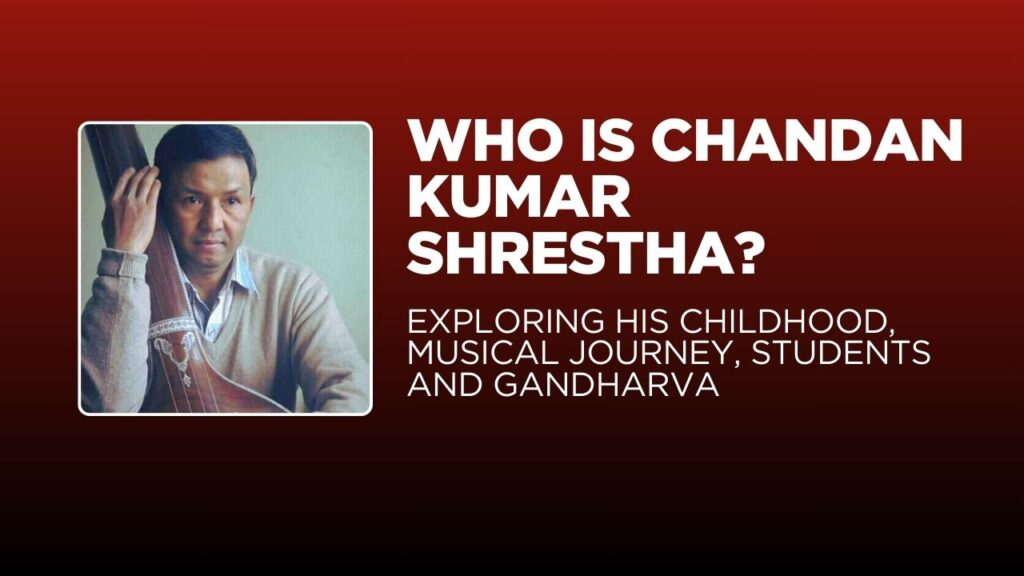Classical Baithak: Preserving the Soul of Classical Music
A Baithak in the context of Indian classical music is more than just a concert—it is an intimate gathering where the performer and the audience dissolve the distance of formality. The word “baithak” literally means “a sitting,” and this form of musical assembly harks back to the centuries-old tradition of chamber performances in royal courts, temples, and homes of patrons. With the audience seated close to the performer, the environment of a baithak is spiritual, focused, and emotionally charged. It reflects the purest essence of listening to music in a meditative and interactive setting.
Historical Background of Classical Baithak
The tradition of classical baithak dates back to the Mughal era and the time of ancient royal patronage, where court musicians would perform in closed settings for kings, queens, and elite listeners. Unlike modern concert halls with amplification and stage lighting, baithaks are typically acoustic and deeply immersive. These gatherings were central to the evolution of various gharanas and allowed detailed presentation of ragas—through alaap, bandish, and improvisation.
Famous baithaks have been recorded historically in the homes of music connoisseurs in cities like Varanasi, Lucknow, Kolkata, and Pune. Legendary performers such as Ustad Bade Ghulam Ali Khan, Pandit Bhimsen Joshi, Ustad Vilayat Khan, and Pandit Ravi Shankar have given unforgettable baithak-style performances that are now part of India’s classical music legacy.
Significance of Baithak Today
In today’s fast-paced world, where large concerts often dominate classical music programming, the baithak retains a vital role. It enables detailed exposition of a raga, provides listeners with a deeper understanding of the music, and encourages a sacred, mindful engagement with sound. For students and practitioners of Indian classical music, baithaks offer an unparalleled learning experience—where they can witness the subtle nuances of performance, voice modulation, tala improvisation, and raga development.
Classical baithaks are also essential for preserving the oral tradition of music education. They allow for interactive questioning, informal learning, and master-disciple bonding outside of structured classroom environments.
Dhvani Baithak at Manasukh Dhvani
Manasukh Dhvani, an emerging yet powerful center of musical learning in Lalitpur, Nepal, has taken a pioneering step in reviving and nurturing the baithak tradition through its initiative—Dhvani Baithak. Rooted in the sound-based healing philosophy, Manasukh Dhvani is known for blending the aesthetics of classical Dhrupad music with its therapeutic potential. Dhvani Baithak reflects this ethos by providing an open, welcoming space where music is not just performed but also explored, discussed, and experienced.
The aim of Dhvani Baithak is to break the hierarchical distance between teacher and student, performer and audience. It is designed especially to benefit:
- Music students and aspirants who want to experience live classical music in a deeply engaging setup.
- Music lovers and cultural patrons who seek a soulful musical interaction away from the distractions of commercial performances.
- Healers and meditators who connect with the therapeutic vibrations of raga-based music.
Structure and Activities of Dhvani Baithak
Each baithak hosted by Manasukh Dhvani follows a thoughtfully designed flow:
- Invocation through Raga: Usually begins with a Dhrupad alap in a chosen raga that resonates with the time and emotional setting.
- Bandish Presentation: The vocalist or instrumentalist presents a bandish (composition) in slow and medium tempo, often accompanied by pakhawaj or tabla.
- Interactive Q&A: Students and listeners are encouraged to ask questions about the raga, tala, gayaki, and other aspects.
- Discussion on Healing Properties: Unique to Dhvani Baithak, this segment focuses on the raag’s psychological and physiological healing effects.
- Reflection Circle: At the end, participants share how the session affected them emotionally and spiritually.
Memorable Instances from Dhvani Baithak
Some highlights from the sessions held so far include:
- Performance in Raag Bihag by Amano Manish accompanied by Nikhil Bistt that demonstrated the calming and introspective nature of the raga, especially beneficial for anxiety relief.
- Dhrupad Baithak in Raag Puriya Dhanashree by Pandit Bishnu Prasad Acharya, which was aimed at deepening the meditative focus of the listeners. Accompanied by the pakhawaj, the performance created a spiritual atmosphere that many described as “soul-cleansing”.
- Interactive Healing Session with Raag Darbari Kanada, used for emotional release and healing trauma. The baithak also featured a discussion led by sound healers on the frequency impact of the raga.
Some Classical baithaks
1. ITC SRA Baithaks (Kolkata)
- Organized by: ITC Sangeet Research Academy
- Location: Tollygunge, Kolkata
- Frequency: Regular monthly baithaks
- Highlights:
- Features guru-shishya parampara (master-disciple tradition) performers.
- Legendary performers like Pandit Ajoy Chakrabarty, Ustad Rashid Khan, and Kaushiki Chakraborty have been part of these intimate sessions.
- Limited seating ensures focused listening.
- Sessions often followed by interactive discussions between artists and students.
- Known for its non-commercial nature, pure classical presentation, and nurturing young talent.
2. Saptak Baithak Series (Ahmedabad)
- Organized by: Saptak School of Music
- Location: Ahmedabad, Gujarat
- Frequency: Year-round baithaks apart from the Saptak Festival in January
- Highlights:
- Curated to highlight lesser-known ragas and traditional compositions.
- Held in acoustic halls with no amplification, reviving the authentic baithak feel.
- Participated by stalwarts like Pt. Rajan and Sajan Mishra, Ustad Zakir Hussain, Aruna Sairam.
- Attended by music scholars and serious rasikas.
- Focus on the emotional depth of ragas and intellectual richness of compositions.
3. Baithak at NCPA (Mumbai)
- Organized by: National Centre for Performing Arts
- Location: Mumbai, Maharashtra
- Series Name: “Living Traditions: Baithak Series”
- Highlights:
- Promotes intimate, unplugged performances in small settings.
- Includes both vocal and instrumental classical music.
- Conducts lecture-demonstrations, workshops, and conversations around the music.
- Artists like Shruti Sadolikar, T.M. Krishna, and Ashwini Bhide Deshpande have been featured.
- Acts as a platform for upcoming artists to share stage with masters.
4. Spic Macay Baithaks (Nationwide)
- Organized by: Society for Promotion of Indian Classical Music and Culture Amongst Youth (SPIC MACAY)
- Locations: Schools, colleges, and universities across India
- Highlights:
- Brings baithak-style concerts into educational institutions.
- Encourages youth interaction with top artists like Pandit Hariprasad Chaurasia, Ustad Amjad Ali Khan, Vidushi Girija Devi.
- Promotes awareness of Indian culture through workshops and music sessions.
- Often held in classrooms, auditoriums, or lawns—emulating the traditional floor-seated baithak experience.
5. Raza Foundation Baithaks (Delhi)
- Organized by: The Raza Foundation
- Location: New Delhi
- Series Name: “Aarambh”, “Uttaradhikar”
- Highlights:
- Focuses on showcasing the next generation of classical musicians.
- Includes artists from Dhrupad, Khayal, Carnatic, and instrumental traditions.
- Includes pre-concert introductions and post-concert artist talks.
- Promotes experiential listening without distractions.
6. Baithaks at Gunijan Sabha (Pune)
- Organized by: Gunijan Sabha
- Location: Pune, Maharashtra
- Highlights:
- Known for deeply spiritual presentations.
- Closely connected with temple music traditions.
- Encourages non-commercial performances purely for aesthetic appreciation.
- Known for rare ragas and taals performed by senior musicians.
7. Baithak at Pracheen Kala Kendra (Chandigarh & Delhi)
Blends education and performance, making them ideal for students.
Organized by: Pracheen Kala Kendra
Location: Multiple centres including Chandigarh, Delhi
Highlights:
Monthly baithaks and music conferences.
Known for supporting classical and folk forms alike.
Why Baithak Matters in the Nepali Music Context
Nepal has a rich, though often under-celebrated, tradition of classical music. Institutions like Manasukh Dhvani are reviving these traditions in an educational and holistic way. In a city like Lalitpur, where cultural heritage meets modern awareness, the classical baithak model fits perfectly into the city’s intellectual and spiritual temperament.
Baithaks are crucial in making classical music more accessible, relatable, and transformative. They go beyond the stage and become a bridge between music, consciousness, and community. Dhvani Baithak has started filling the void of meaningful cultural interactions in Kathmandu Valley’s artistic ecosystem.
Conclusion
The Classical Baithak is not just a performance format; it is a philosophy. It centers on intimacy, interaction, reflection, and transmission of knowledge. Through Dhvani Baithak, Manasukh Dhvani is bringing this tradition to new life in Nepal, while combining it with the modern understanding of music as a therapeutic tool. For students, it’s an immersive classroom. For listeners, it’s a spiritual experience. For the community, it’s a gathering that brings healing, learning, and cultural bonding.
As Manasukh Dhvani continues to grow its network of baithak experiences, it is shaping the future of classical music appreciation in Nepal—one healing note at a time.



